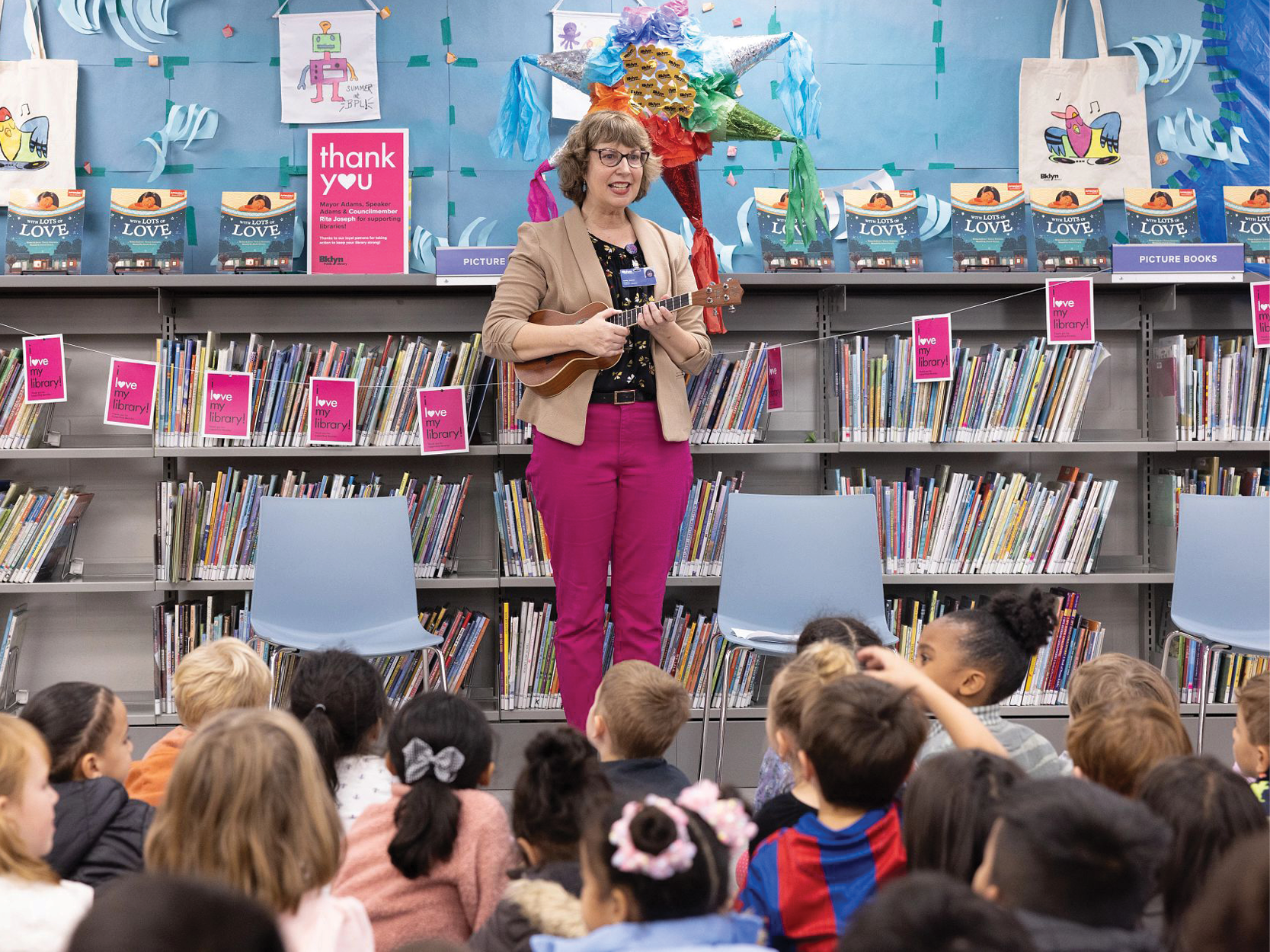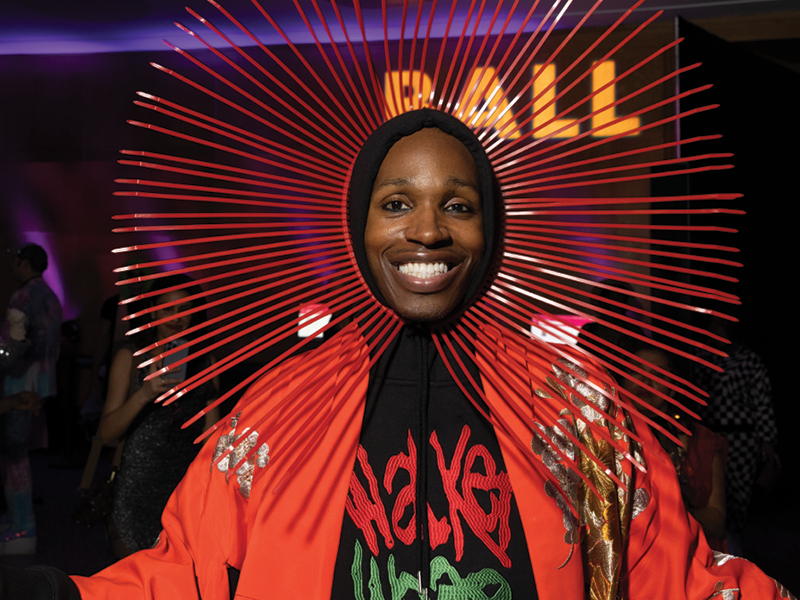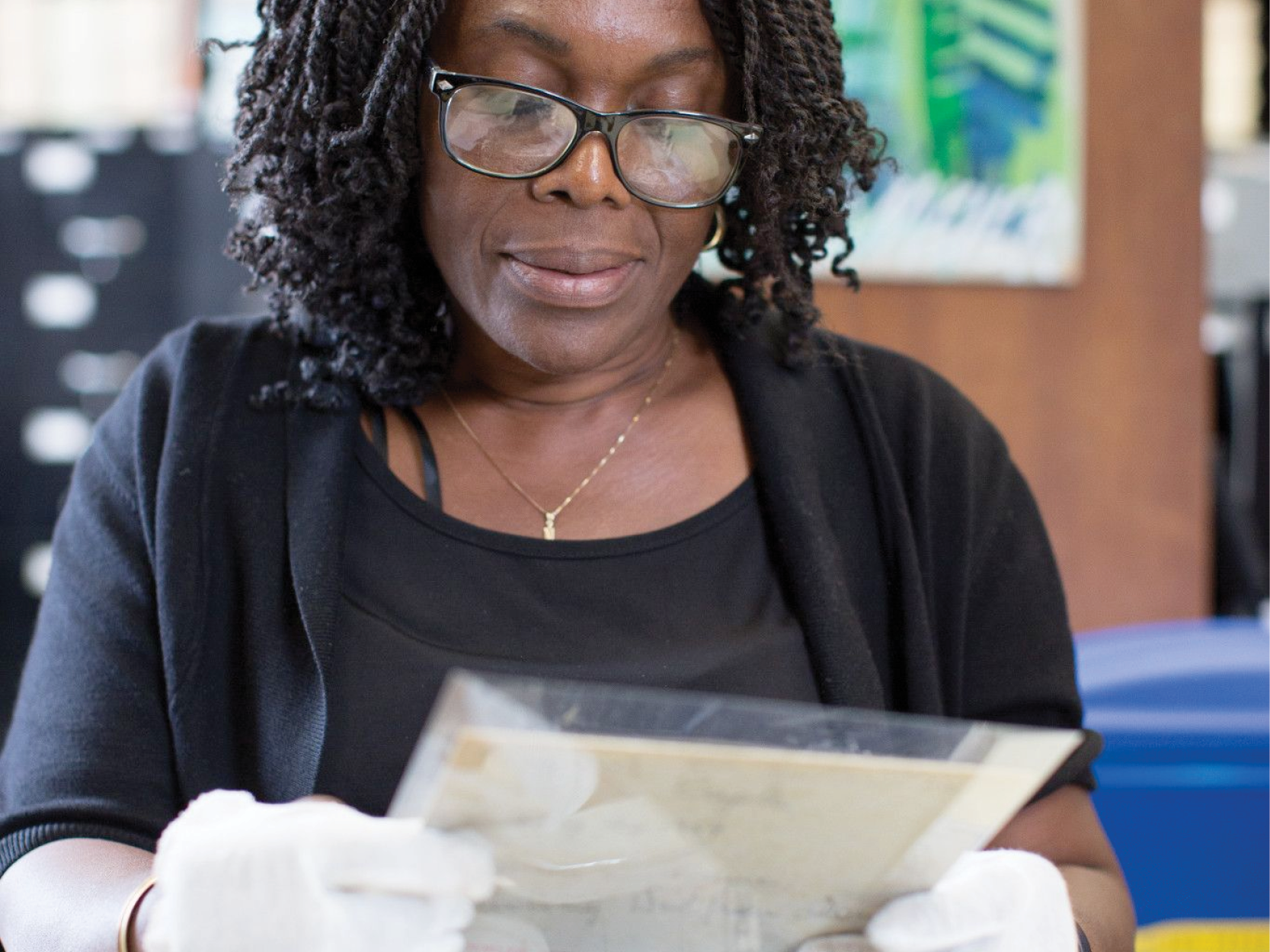Brooklynites have lived under a covenant with color.
The proportion of slaves in Kings County’s population in the 1700s resembled southern colonies where slavery provided the primary labor source for producing tobacco, rice, sugar, and indigo. The 1786 census recorded 1,317 enslaved people and 2,669 Whites. By 1790, after American independence, 30 percent of Brooklyn’s people remained enslaved. In Flatbush, 74 percent of families owned slaves. Powerful Dutch colonial families enslaved people and profited from human trafficking. The Lefferts, Remsens, and Bergens were three slave-owning Brooklyn families who have present-day streets in the borough named after them. Enslavers pursued runaways. They advertised rewards, such as the one displayed here on Clinton Street, in local newspapers.
When slavery ended, racism remained. Housing discrimination segregated Black people into a handful of areas. As Black populations skyrocketed in the 1950s, ’60s, and ’70s, housing discrimination caused overcrowding in central Brooklyn, which deteriorated conditions in Bedford-Stuyvesant, Brownsville, Ocean Hill, and parts of Crown Heights. Schools suffered. Buildings crumbled. Trash accumulated. Poverty increased. From the 1970s through the ’90s, when crime levels increased in Black communities, Black people were stereotyped as criminals. Law enforcement overpoliced and underprotected Black Brooklyn.
From slavery to segregation, discrimination to deadly racial violence, racism has persisted in Brooklyn.
To learn more about Brooklynites living under a covenant with color, visit our More Resources page.








